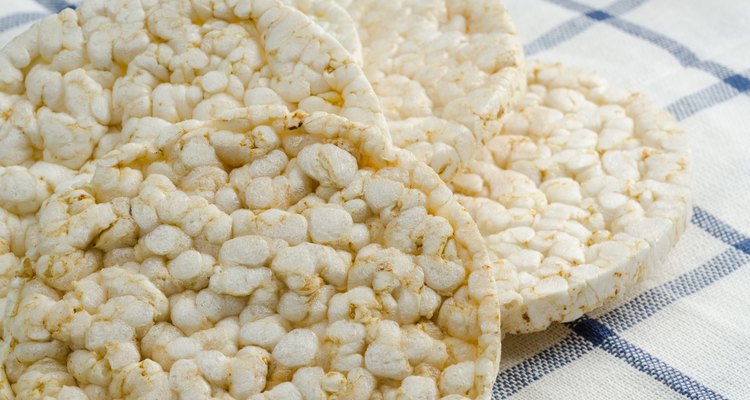
Nicodape/iStock/Getty Images
Meals that are low in fat and fiber are useful when you are recovering from surgery on your digestive system, or when you are experiencing irritation, pain or irregularity in your digestive system. Reducing the amount of fat, such as that found in dairy and some types of meat, can decrease the risk of chronic illnesses such as cancer. Eating less fiber, such as that found in whole grains and the skins of fruit and vegetables, reduces irritation and stress on your digestive system.
Breakfast Choices
If you like a sweet start to the day, you can combine low-fat yogurt with fruit canned in water or juice, not syrup, or you can have one or two slices of white toast with a little seedless jelly and a ripe banana. Another breakfast option is an egg-white omelette with onions and low-fat ham or chicken breast; add mushrooms and spinach if you prefer.
Lunch Options
Lunch should include protein and carbs to keep you satisfied and energetic throughout the afternoon. Good low-fat low-fiber protein sources include lean, tender cuts of meat, such as chicken or turkey breast, lean beef with any extra fat removed, and reduced-fat ground meat. Pair these with well-cooked vegetables, such as carrots, zucchini or spinach. Add a slice or two of white bread if you need the extra energy, but be sure to check that the fiber content is less than half a gram per serving.
Dinner Ideas
Dinner should also include some protein, and carbohydrates if you want them. For example, you might make spaghetti and meatballs, using refined pasta and reduced-fat ground beef. Add canned diced tomatoes and herbs as the sauce, and top with a dollop of fat-free cream cheese for flavor. Or cook a lean cut of roast beef, adding beets, roast potatoes without the skin, or pumpkin and squash with the seeds removed; make sure that any vegetables are well cooked. For dessert, have some vanilla wafers, ginger snaps or graham crackers.
Snack Choices
Try to make sure that you eat enough at every meal so that you are satisfied for the next few hours and don't feel the need to snack. However, if you do want something small between meals, opt for canned fruit -- without seeds and skin -- very ripe bananas, canned vegetables, or small servings of low-fat cheese that do not contain any nuts or fruits. White rice cakes, hard candy and plain cookies are also snack options.
Related Articles

How to Prepare Peaches to Make Peach Pie

How to Cook Strawberries

How to Make Fresh Strawberry Frosting ...
Menu Ideas for Barbecue Ribs
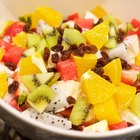
Low Sodium Foods That Taste Good

What Are Easy & Good Things to Cook in ...
Menu for a Ham Dinner

How to Cook a Turban Squash

How to Replace Starchy Carbs With ...

How to Make Sweet Syrup With Fruit Juice

Ways to Eat Kidney Beans

How Long Does Banana Bread Stay Fresh?

How Long Can You Refrigerate Nacho ...
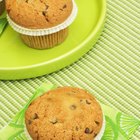
How to Keep Muffins From Going Moldy

Ideas for Finger Food for a Wedding ...

How Much Fiber Is in Fresh Figs?
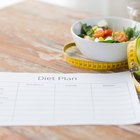
Breakfast on the Soup Diet
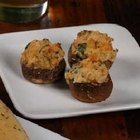
How to Prepare Pre Cooked Shrimp

Birthday Gift Ideas for Your Girlfriend ...

How to Juice a Daikon Radish
References
Writer Bio
Lau Hanly runs Fierce For Life, a nutrition and fitness company that helps young women start with healthy eating and smart training without overwhelming them. She has a certificate of nutrition, and provide individual coaching, standard fitness and nutrition programs, and group training.
Photo Credits
Nicodape/iStock/Getty Images